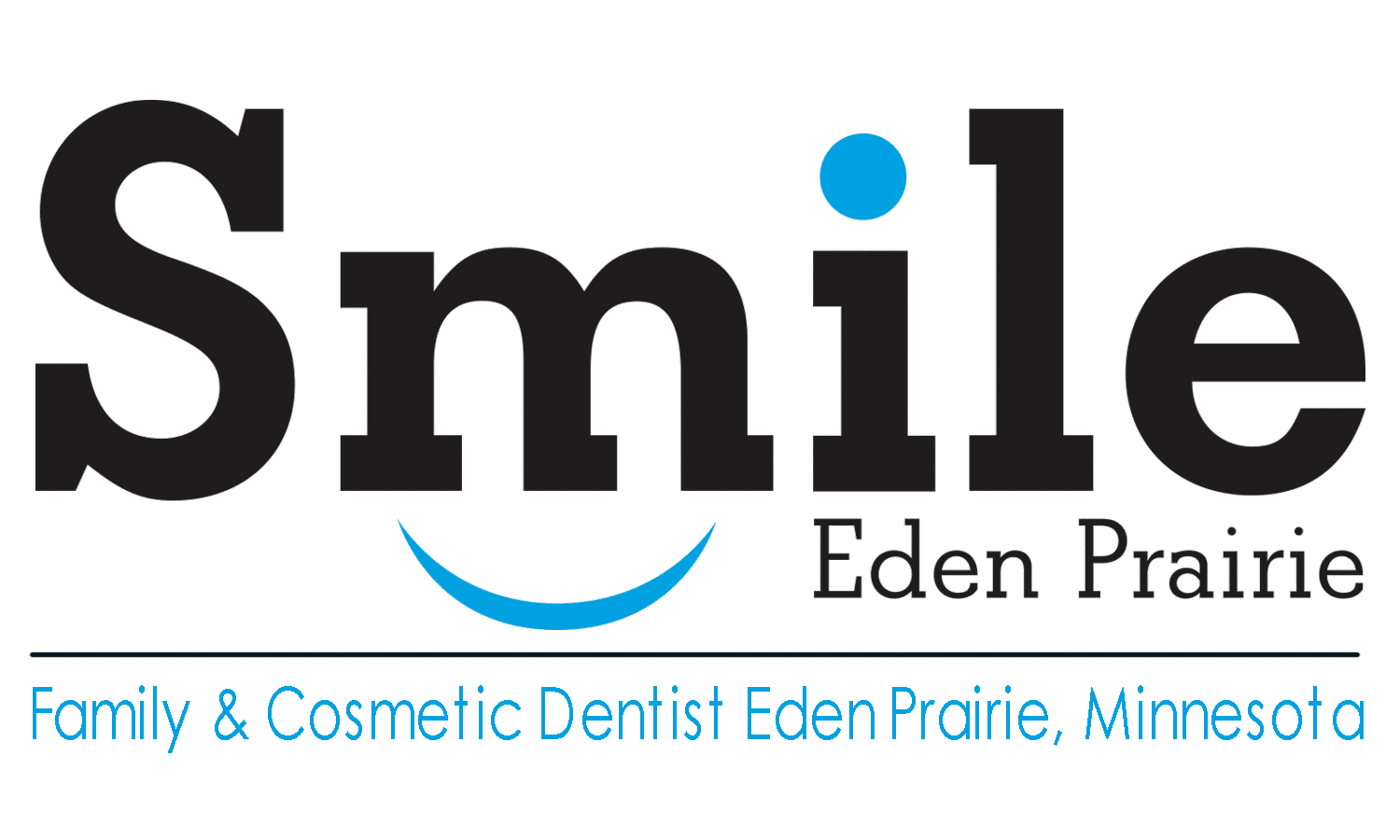What is the cost of a dental bridge?
A dental bridge in eden prairie mn is made of one or more artificial teeth, called “pontics.” These pontics are affixed to dental crowns that are placed on either side of the gap. These adjacent crowns are called “abutments.” The replacement teeth in a dental bridge can be made of several different materials, though they are commonly made from porcelain because porcelain most closely resembles the natural teeth. The dental bridge is a common solution for missing teeth and is generally considered affordable and low-risk. To place a bridge, first, the dentist will file the abutment teeth and secure crowns to them. The crowns will anchor the pontic or pontics that bridge the gap between the abutments. Bridges can also be attached to dental implants, which may make them a good option for people who have fewer natural teeth. These dental implants, which are usually made of titanium, then serve as the anchor that supports the dental bridge. Because dental implants essentially serve as replacement roots for missing teeth, mimicking the natural structural function of a tooth’s root, they are among the strongest ways to secure a dental bridge. No matter what type of bridge is made, or what type of material is used, dental bridges provide remarkable practical and aesthetic benefits, restoring appearance, mechanical function, and overall oral health. And, thanks to constantly developing dental technology, dental bridges are often almost identical to the adjacent natural teeth.
Any person who is missing one to three teeth in a row may be a good candidate for a dental bridge. If you are missing more than three teeth, you may find that a partial denture is more appropriate for you, so talk to your dentist about your options. Because the surrounding teeth support the dental bridge, it is important for these teeth to be relatively healthy, strong, and free of decay. Your dentist will also examine you for gum disease and will treat any existing gum disease before placing a bridge, to ensure the best possible stability. If your adjacent teeth are unhealthy, you may want to consider an implant-supported bridge. This will require sufficient healthy bone volume, to support the implants, which is usually determined through an x-ray or CT scan. In cases of bone deterioration, an implant-supported bridge may still be an option, though it may require an additional procedure, like a bone graft or a sinus lift, to allow the dentist to strengthen the patient’s jaw and make a sturdier foundation for the implant.
Because there are many variables involved in this procedure, the cost of dental bridges varies. Bridges are priced based in part on the number of artificial teeth, or pontics, that they carry. A bridge with only one pontic will be less expensive than one with multiple pontics. In addition to the region where the treatment is provided, other price considerations include material used, the process of fabrication and its duration, the complexity of the treatment, the experience and expertise of the dentist, and any supplementary procedures that may be required. Obviously, it will also cost more to place an implant-supported bridge, which requires minor surgery to place the implants, than it does to place a traditional dental bridge on abutment crowns, for which no surgery is required. Because the price involves so many unique factors, the best way to find out what the procedure may cost you is to talk to your dentist. As a general, broad guideline, however, a traditional or cantilever bridge usually ranges in price from $2,000 to $5,000. A Maryland bridge usually ranges in price from $1,500 to $2,500, and an implant-supported bridge is likely to range from $5,000 to $15,000.
Because one or more missing teeth can have far larger implications for a person’s dental function and overall oral health, dental insurance often covers dental bridges, at least partially. Insurance companies may cover only the basic procedure, and patients will pay out-of-pocket for any “extras.” For example, insurance may cover a porcelain, crown-supported bridge, but the patient may prefer a bridge made of a different material, or supported by implants instead of crowns. In this case, the patient may pay these additional costs on their own. Be sure to talk to your dentist and your dental insurance provider to learn how to maximize your personal coverage before undergoing any treatment procedure. Your dentist may also provide a flexible payment plan for patients without insurance or for patients with additional out-of-pocket costs, which may include a fixed or low-interest repayment option, and most dentists also accept third-party financing. There are multiple third-party financing options for medical procedures that aren’t covered, and most offer fixed, low, or even no-interest repayment options. Additionally, banks and other lenders may assist with financing medical procedures. Your dentist’s office can help you sort through these options to help you determine what will work best for you.
More on Dental Bridges : What is a Maryland Dental Bridge?
